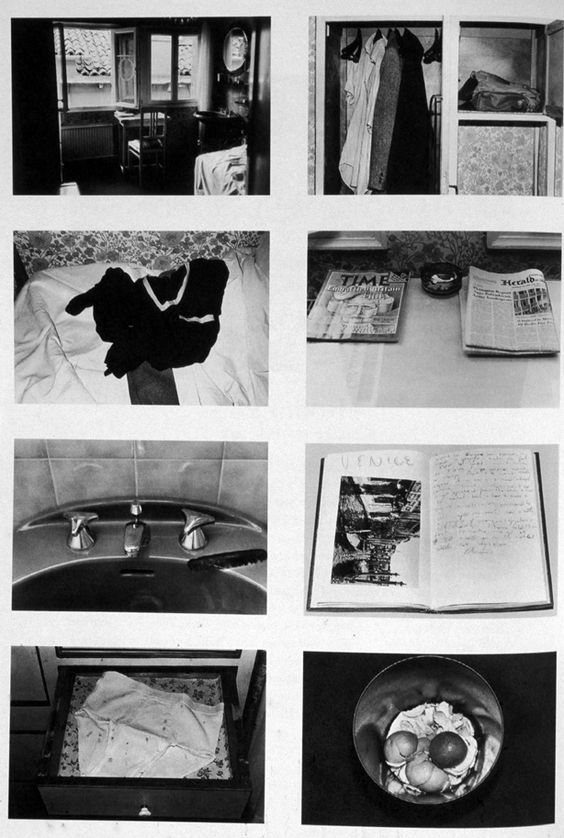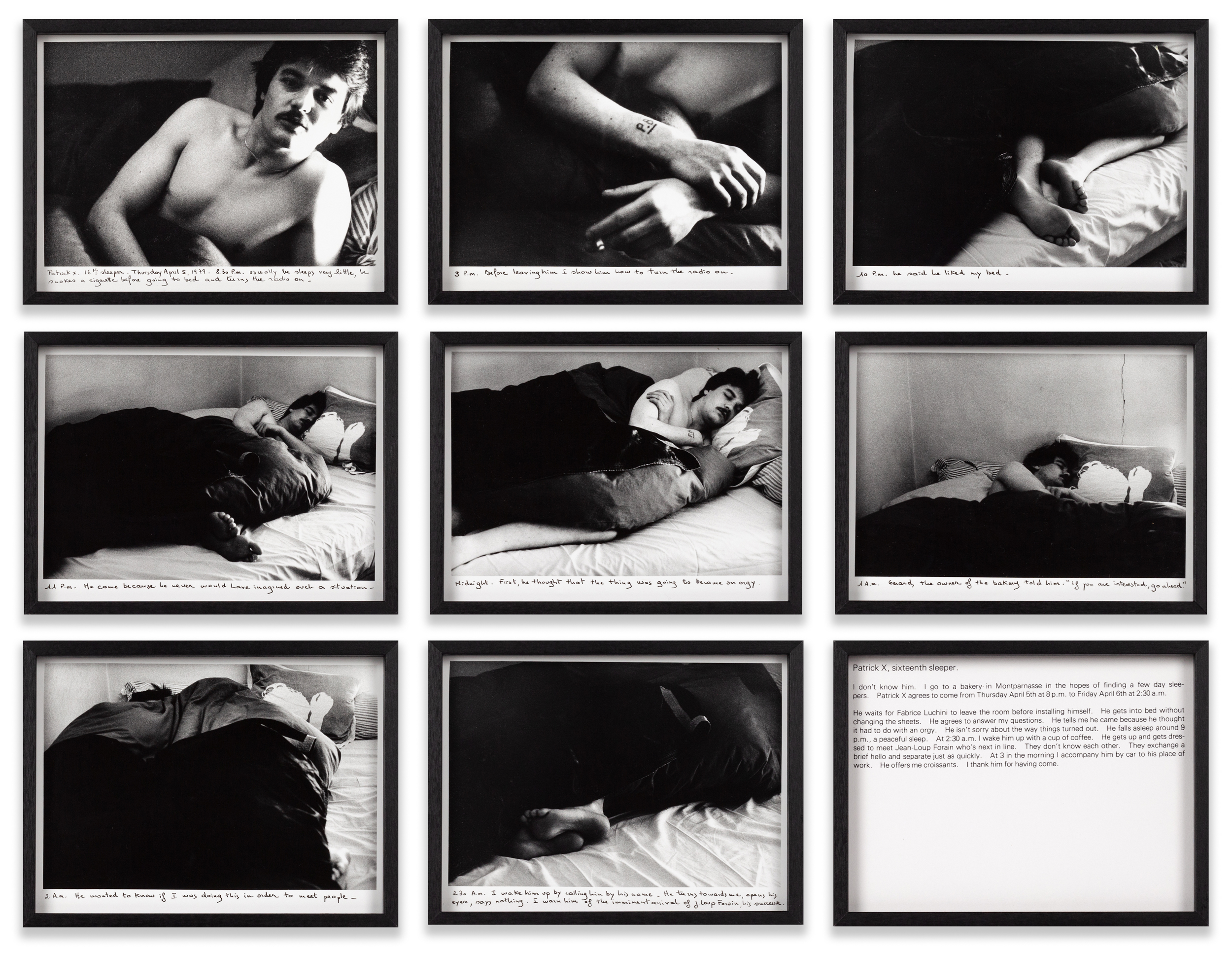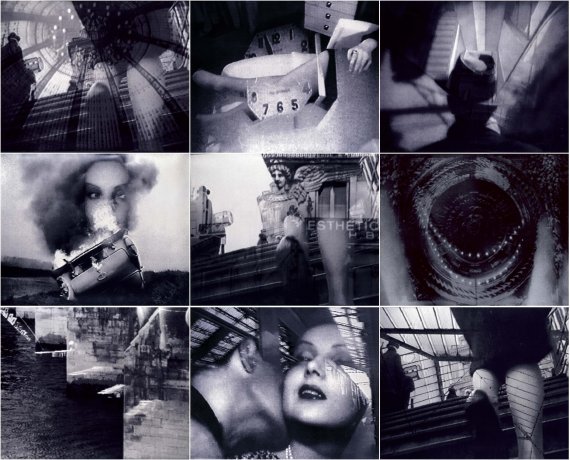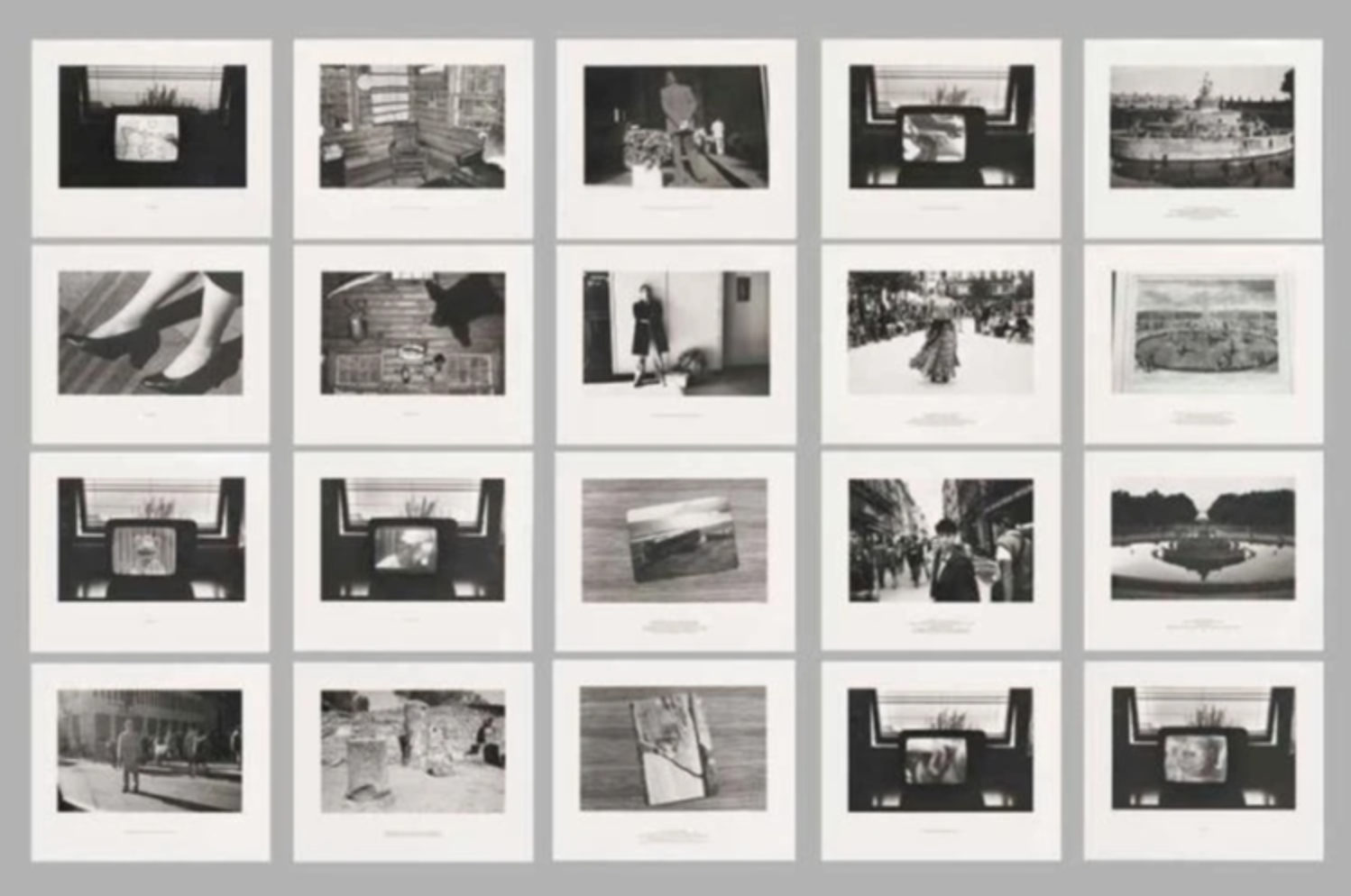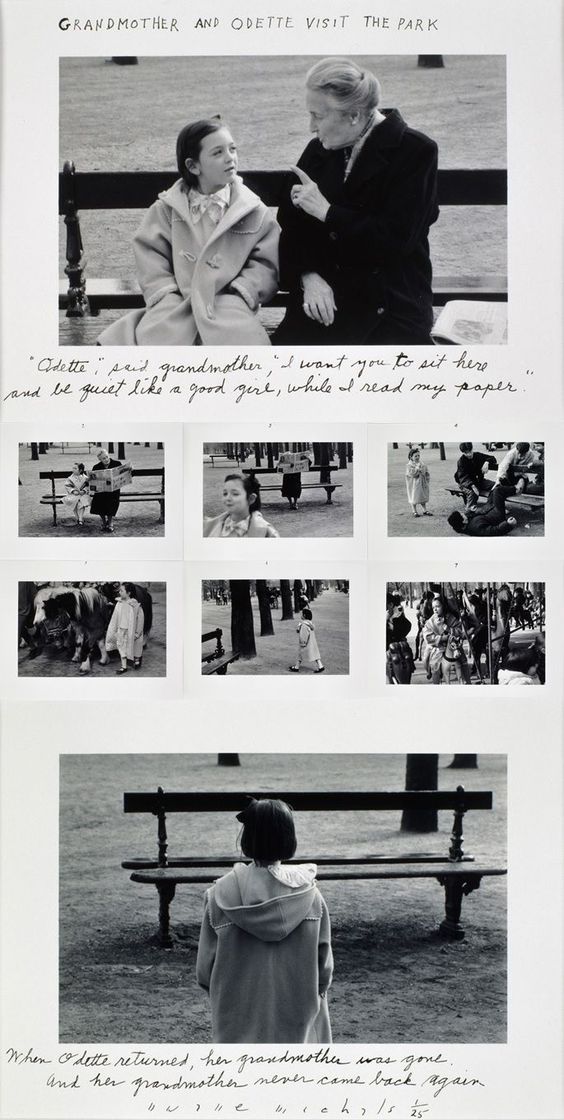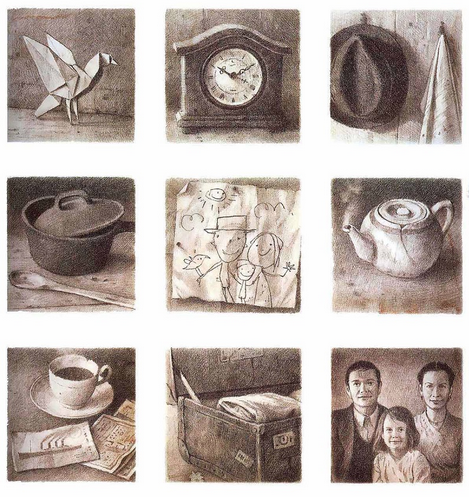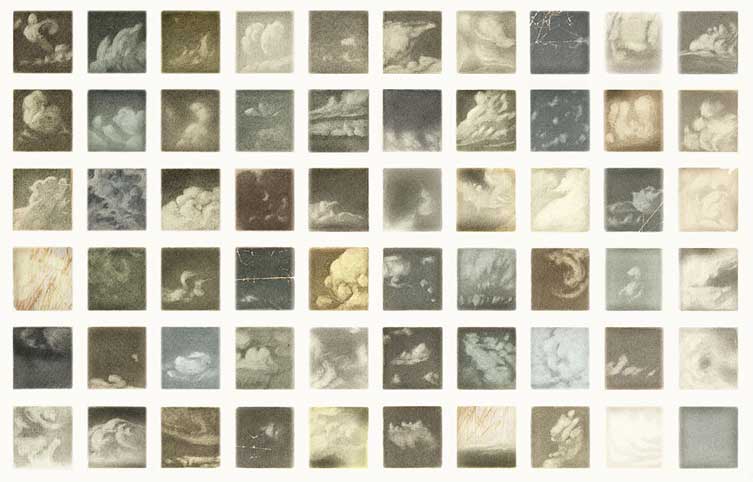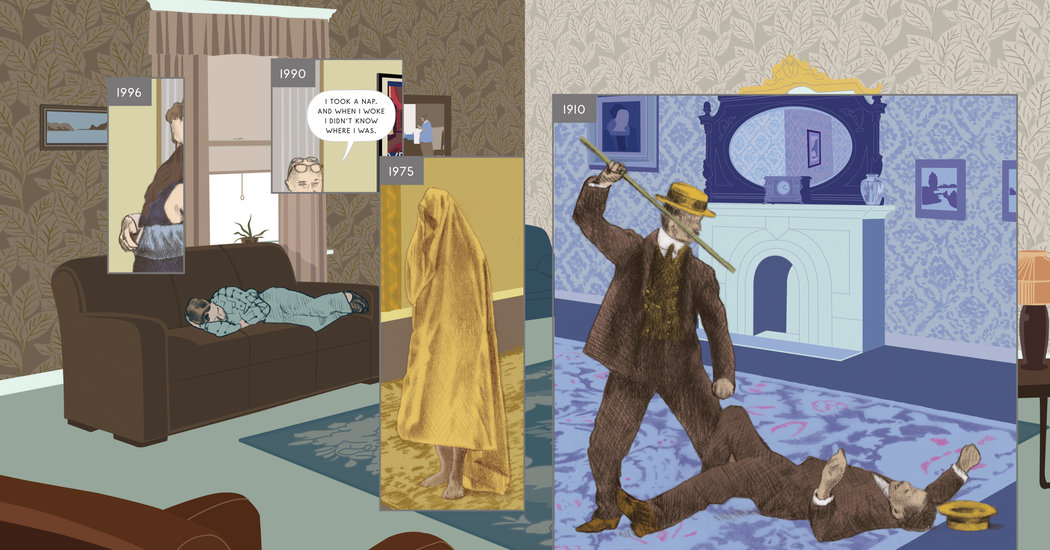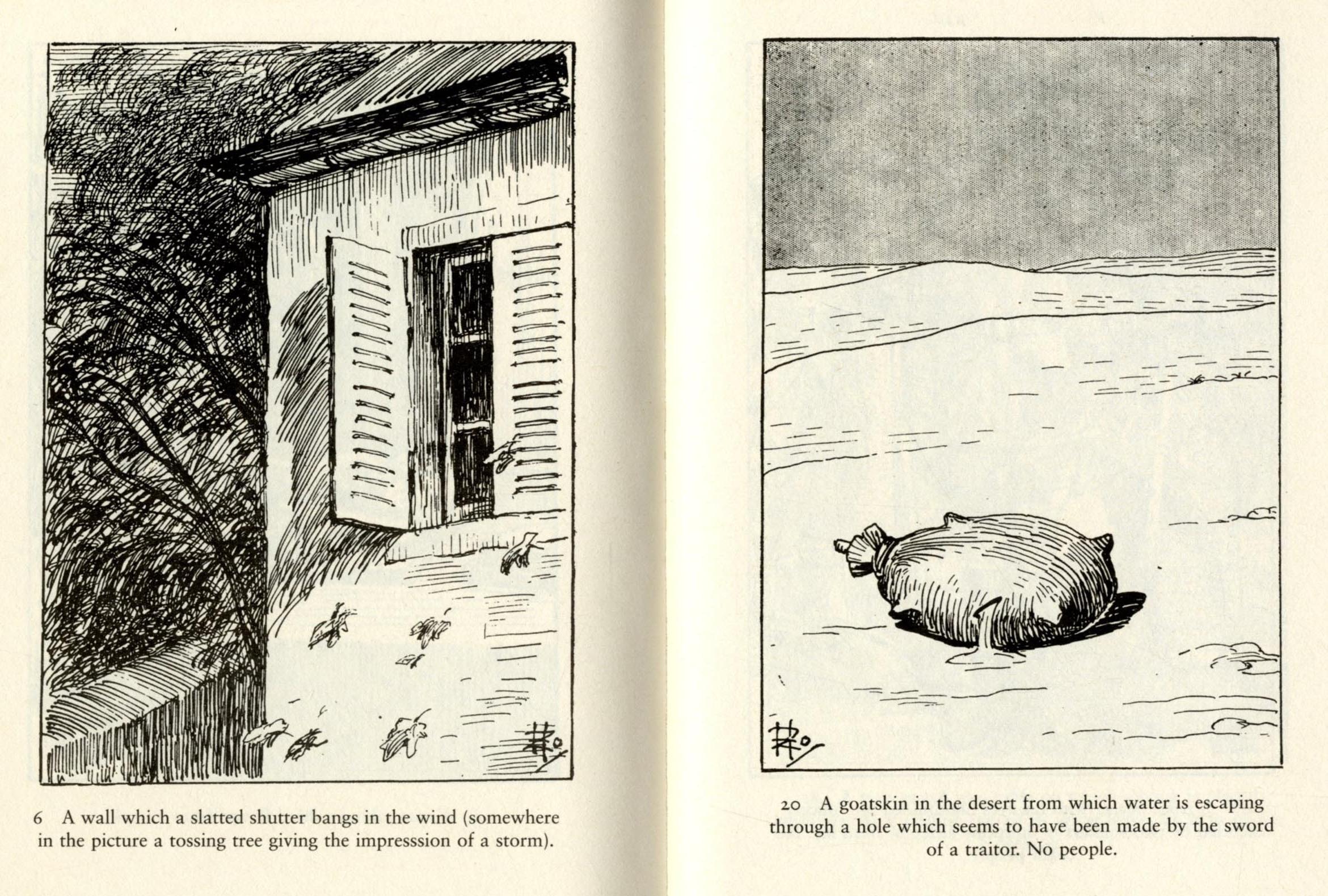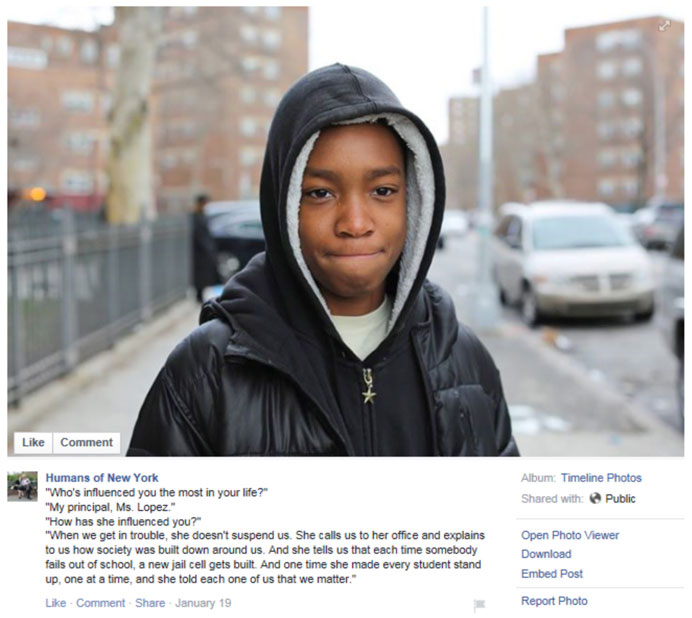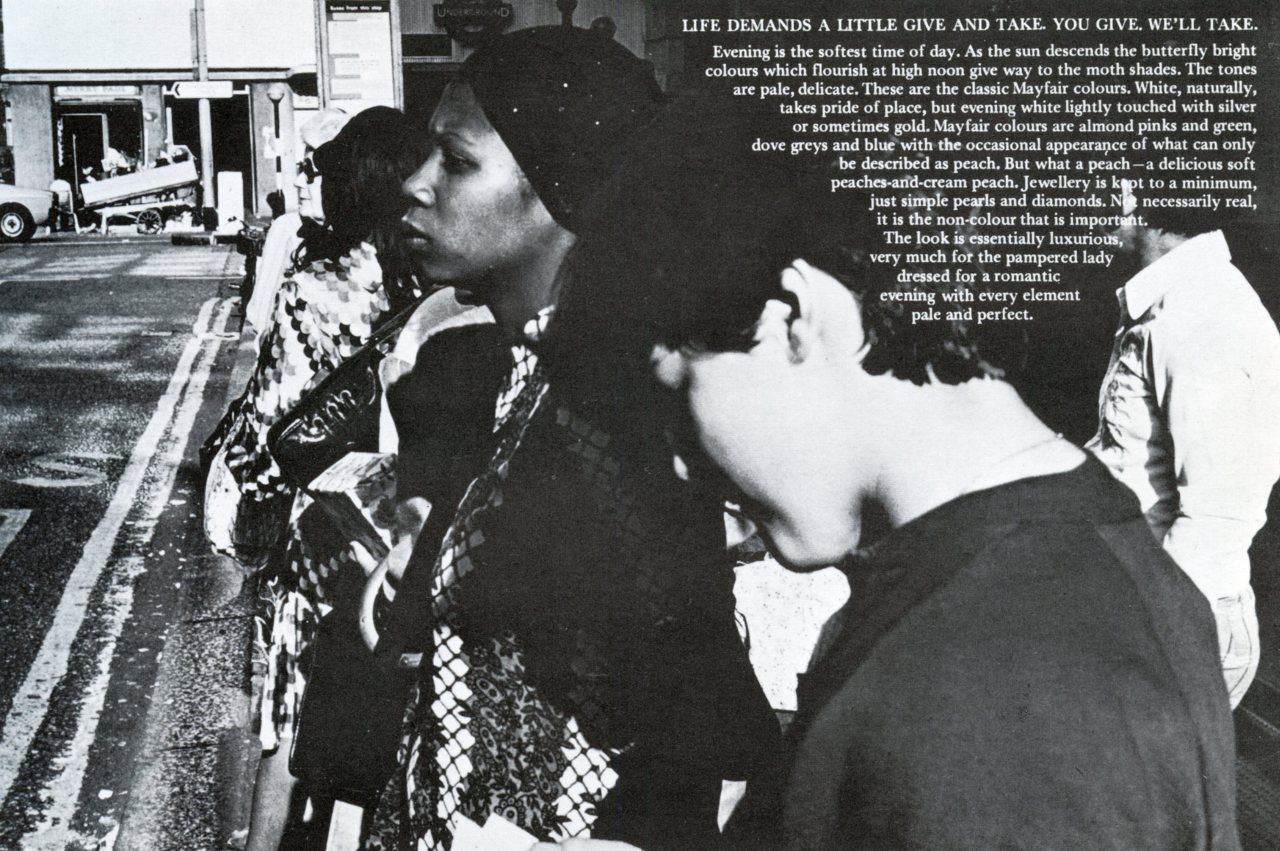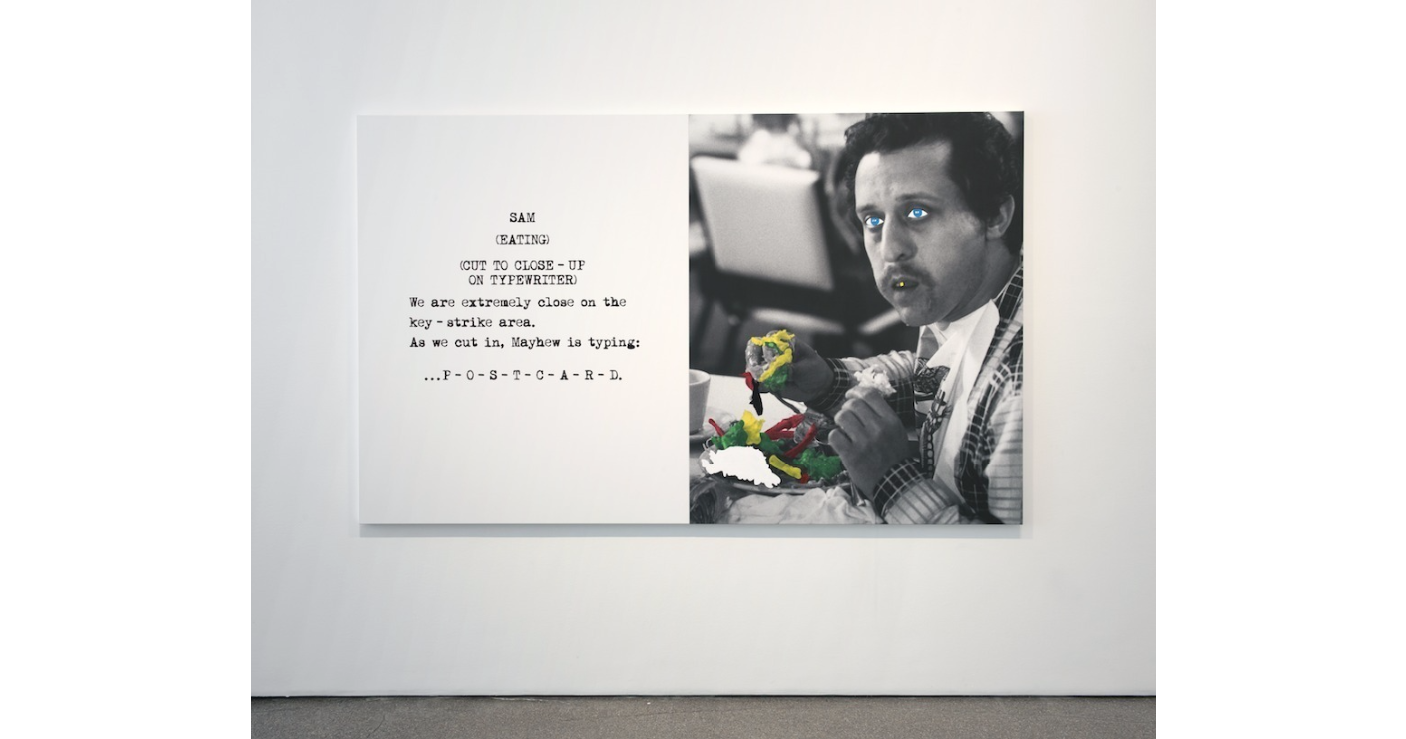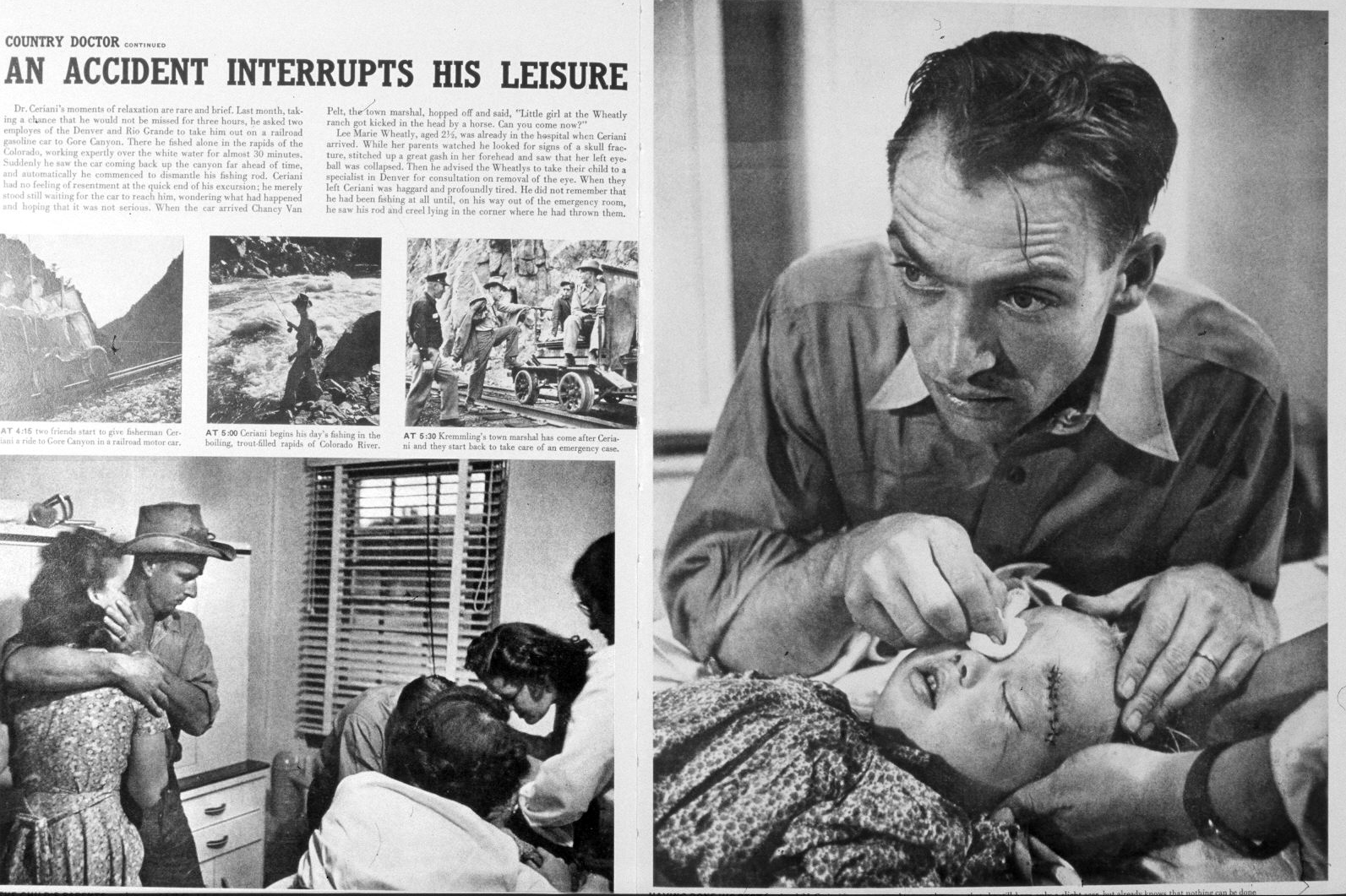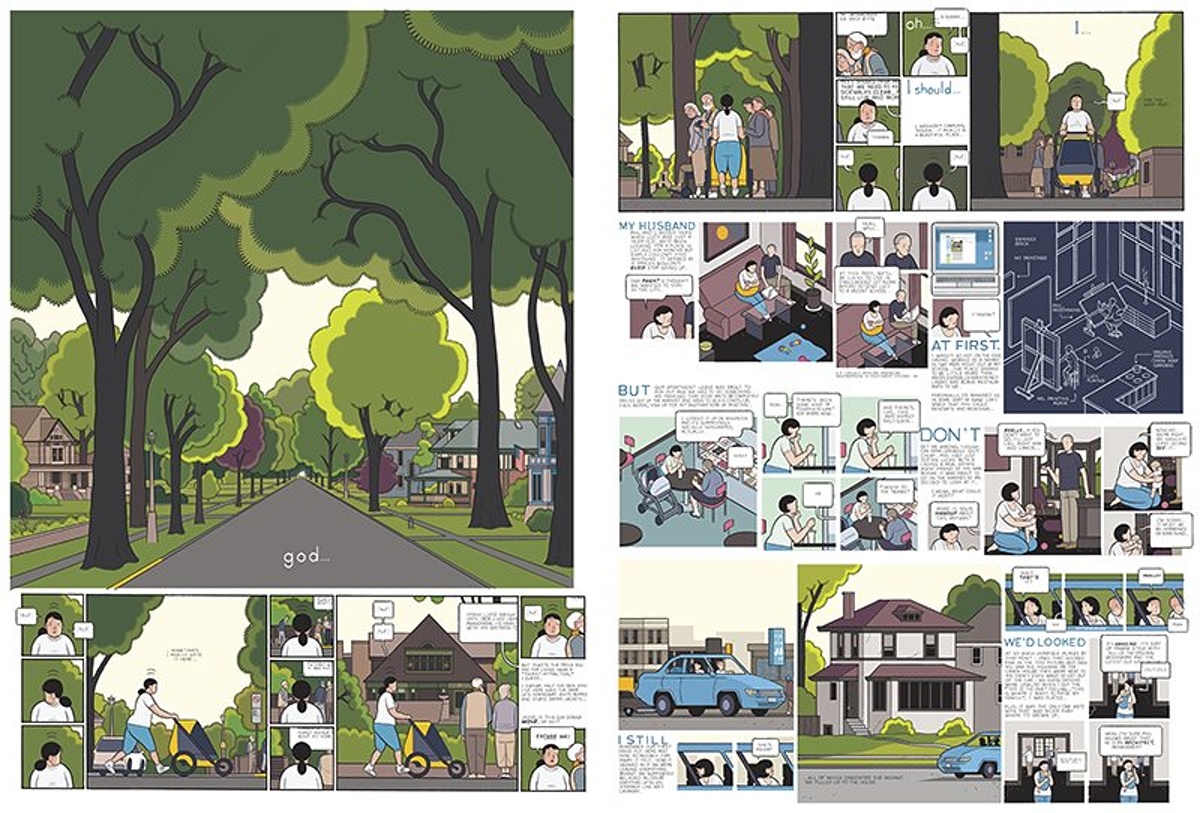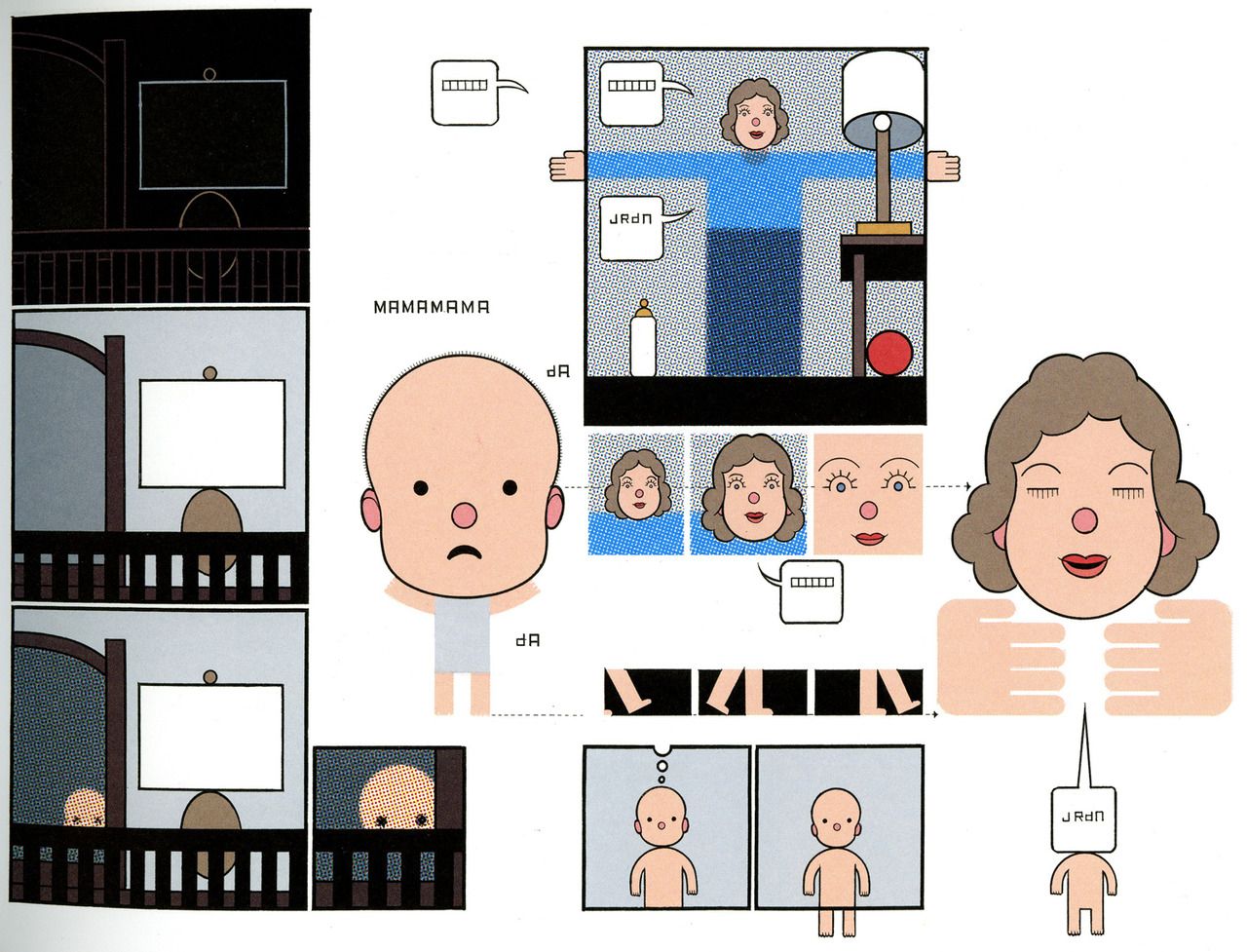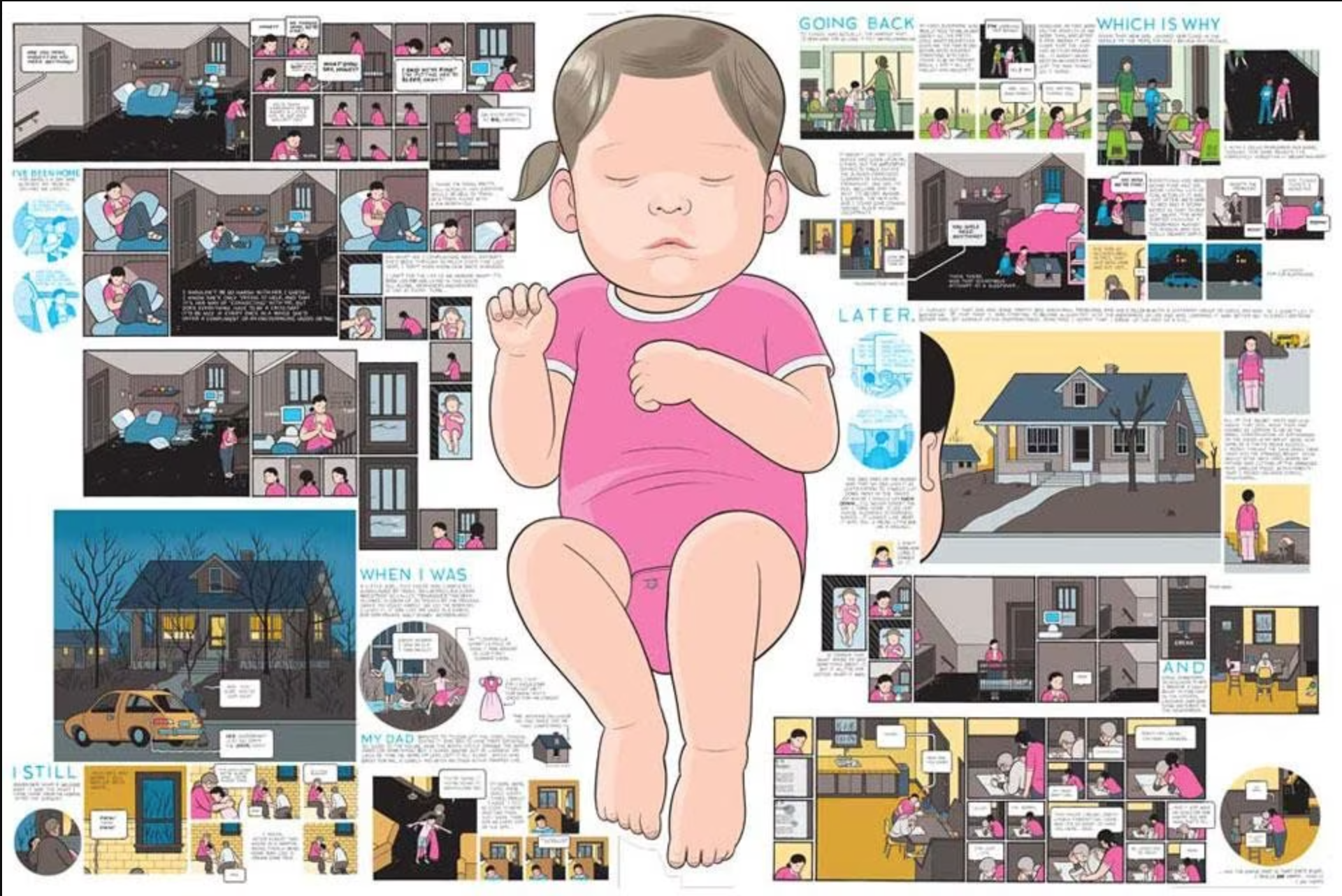To Do This Week
Read: Understanding Comics, by Scott McCloud – pgs 118-215
Blog Prompt:
Take 5 photos with your phone that uses one or more of the 6 transitions McCloud writes about in Understanding Comics. The photos could be shot around your home or out on an errand, with or without people, fiction or nonfiction. Think about how you can juxtapose the 5 images so that we can “read” a micro-story of an event, a movement through space, a setting and/or character situation. Post these 5 photos in a sequence and write a brief statement about your photo story with ideas from McCloud.
Class notes:
5-photo stories – the difficulty of narrating without words, changing frame, adding words to 5-shot stories
McCloud and visual storytelling – closure, rhythm, transitions, abstraction, show and tell
Review Types of Visual Storytelling:
- scroll/timeline (linear) (The Run, Cabin site)
- nonlinear or multilinear (repetition, patterns) (Cascadian Chronicles)
- sequential (chronological frames) (Appleseed)
- spatial montage (simultaneous frames, comics pages)
- cinema (duration, temporal frames, rhythm)
McCloud Review (part 1):
- icons, realism < —> abstraction Rhasmagian
- picture plane -> language -> reality triangle pg 51
- blood in the gutter (panel-to-panel relationships pg. 70)
- closure – what to leave out (the gaps in storytelling)
- time frames- using the frames to express time, multi-linearity pgs101-105
- expressing motion
- expressive lines
McCloud (part 2)
- show and tell
- classical division of word and image (movies)
- collision of word and image in Modern art
- Ads, pop culture, tv, web
- Idea > Form > Idiom > Structure > Craft > Surface
Photo Narratives:
Sophie Calle
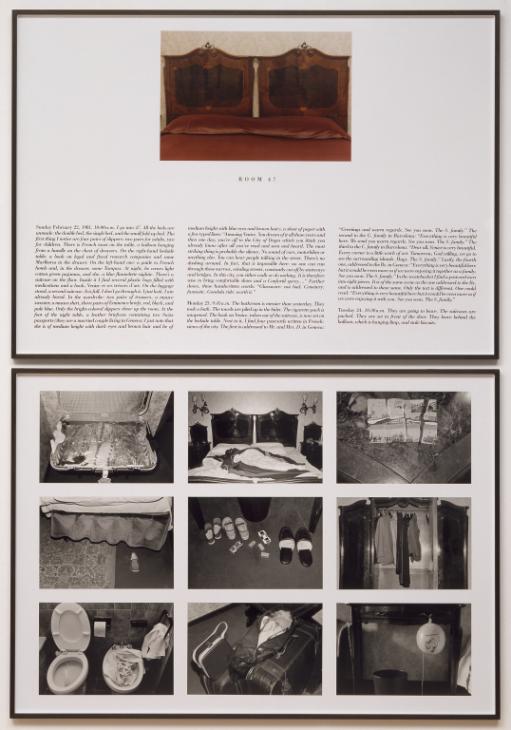
Victor Burgin
Duane Michaels
Duane, Michaels, Things are Queer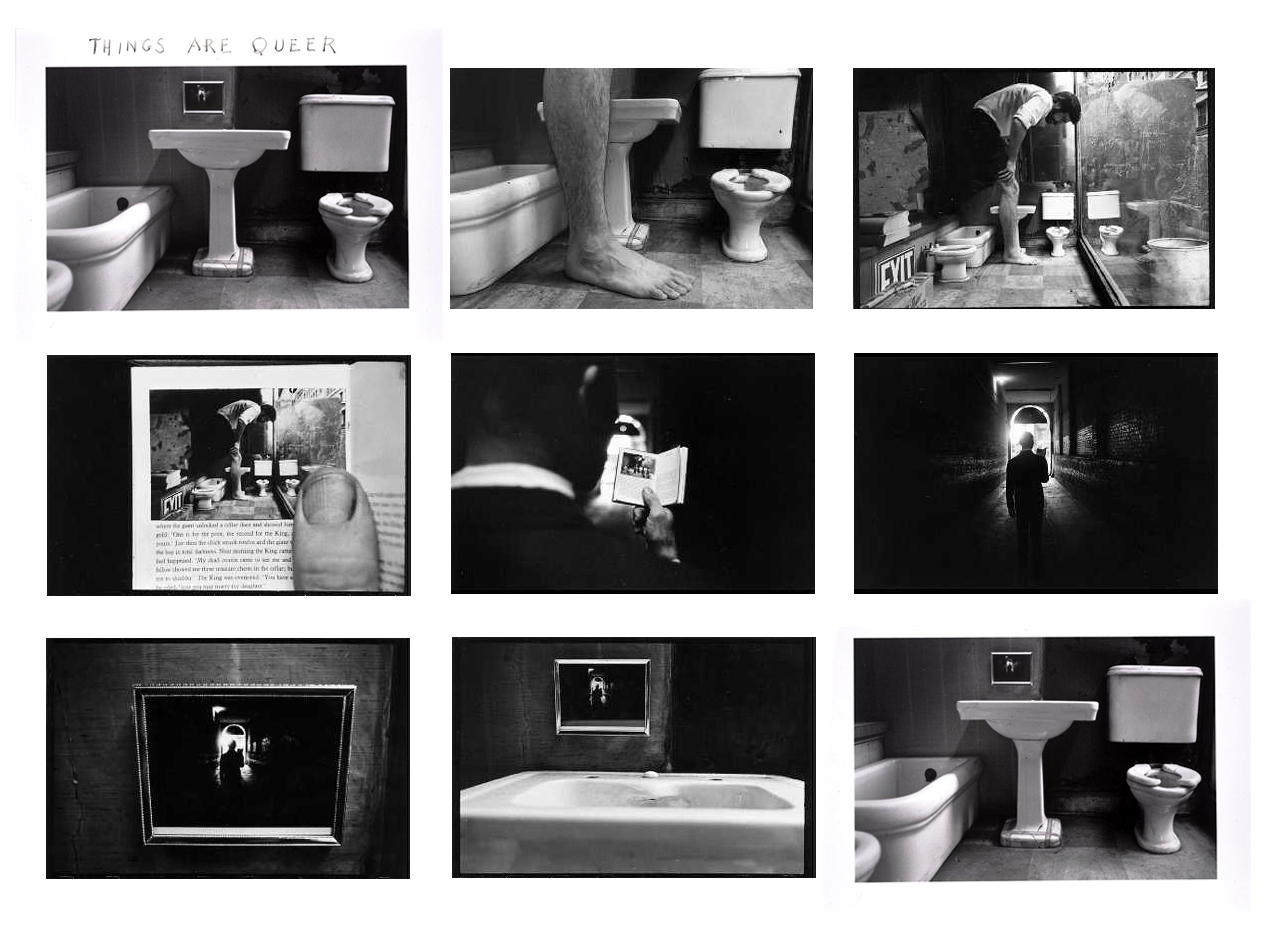
Shaun Tan, The Arrival
99 Ways to Tell a Story by Matt Madden

Template

Subjective

One Panel

Thirty Panels

Things Are Queer (After Duane Michals)

Map
McCloud – Word & Image – pg 153-155
Word Specific Combination:
picture illustrates the words
John Balderssari, Pencil Story
Picture Specific Combination:
words like a soundtrack for visuals
Richard McGuire, Here
Duo Specific Combination:
image and words have the same message
Raymond Roussel
Additive Specific Combination:
words amplify or elaborate the the image
Victor Burgin
Parallel Specific Combination:
words and images do not intersect
John Balderssari
Montage Specific Combination:
word are integral part of images
Samantha Gorman and Danny Cannizzaro, Pry
Interdependent:
words and images work together to convey an idea each could not convey alone
Digital Comics – Erik Loyer
In-Class Activity:
Lynda Barry X-Page Exercise (from her book Syllabus).
Get a blank piece of paper. Draw a big X on one side.
Think of moment in your past. Something real. Something vivid.
Respond with words and phrases to the following questions
- Where are you?
- What time of day or night does it seem to be?
- What season does it seem to be?
- Where is the light coming from?
- What kind of light is it?
- What’s the temperature like?
- What does the air smell like?
- What are you doing?
- Is there anyone else in that place with you?
- What are they doing?
- Why are you there?
- What are some of the sounds you can hear?
- What are some of the things you can see?
- What’s directly in front of you?
- If you turn your head to your right, what’s there?
- If you turn your head to the left, what do you see?
- What is behind you?
- What’s below you and around your feet?
- What’s above your head?
- What emotions are you feeling in this space?
Visual Narrative Assignment 10%
DUE March 7
We have discussed many strategies/approaches to visual narration and how story time – events and incidents, actions and reactions – can be made visible and relational in pictorial space through…
- single frame composition
- scroll navigation
- nonlinear navigation
- panel-to-panel relationships
- cinematic sequence
- spatial (simultaneous) montage
In this assignment, you are to use images to tell a story. The images may include symbols, shapes, colors, drawings, graphics, photos and/or video. Your images may be accompanied by text (narration or dialogue), but images and their spatial relationships should drive the narrative, not the text. In other words, try not to make illustrations for a pre-written script. Instead, investigate new ways to organize images–on the single page and from page to page– in order to get across your particular visual story. Remember, the pictorial frame and the user’s navigation of the frame(s) are elements of visual storytelling.
Please don’t worry too much about the quality of images. Use your pencil, phone camera, AI image-generation, public domain image downloads. Play with Photoshop or Illustrator. Use Google Slides or just load the images and captions into a blog post. Remember that you can take any of these short assignments and complete them as your final project.
Ideas for the Visual Narrative assignment:
- an animated story
- a short comic
- a “collage” story book like the surrealist Max Ernst
- a photo story
Storyboarding: download and print storyboard paper
Project Tools:
index cards – sort story segments
illustrator/photoshop/AI image generation
google slides/powerpoint/html
